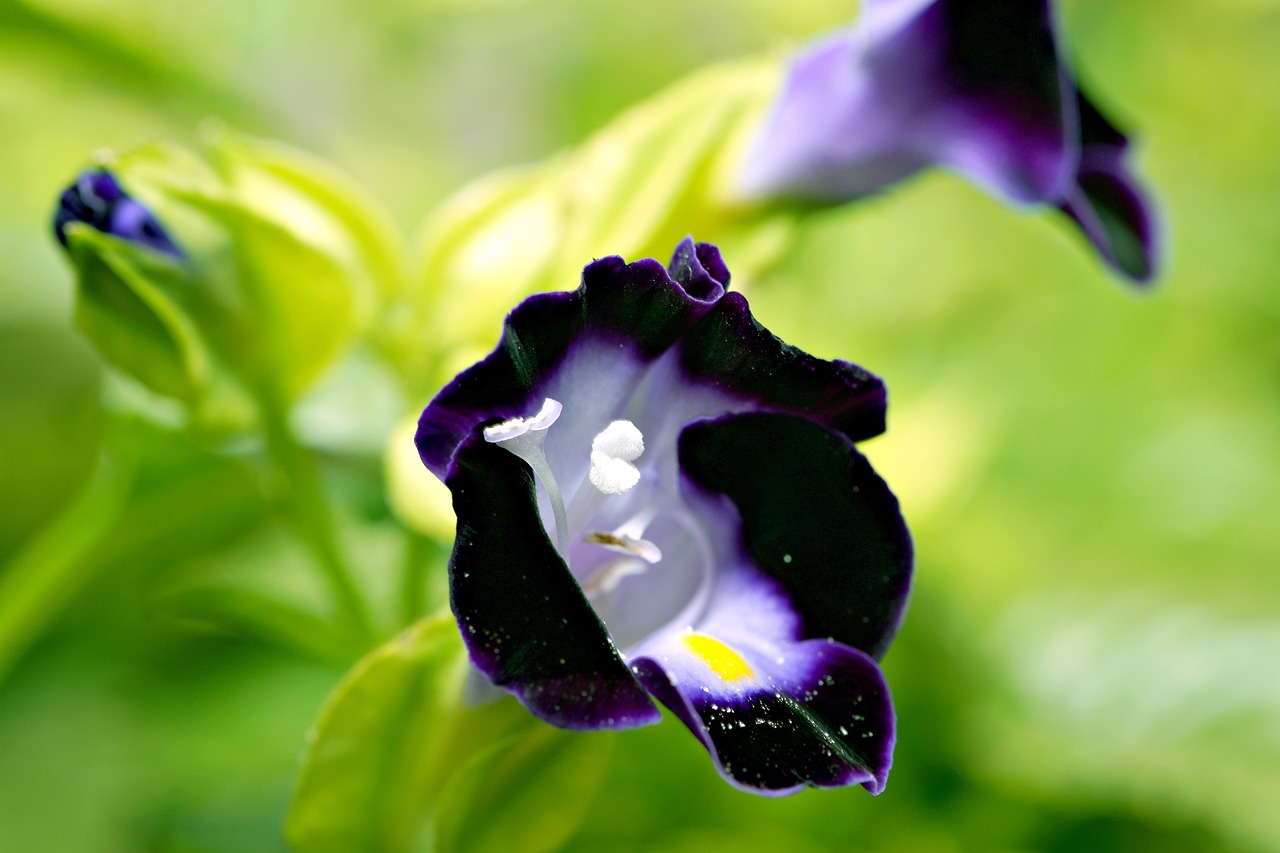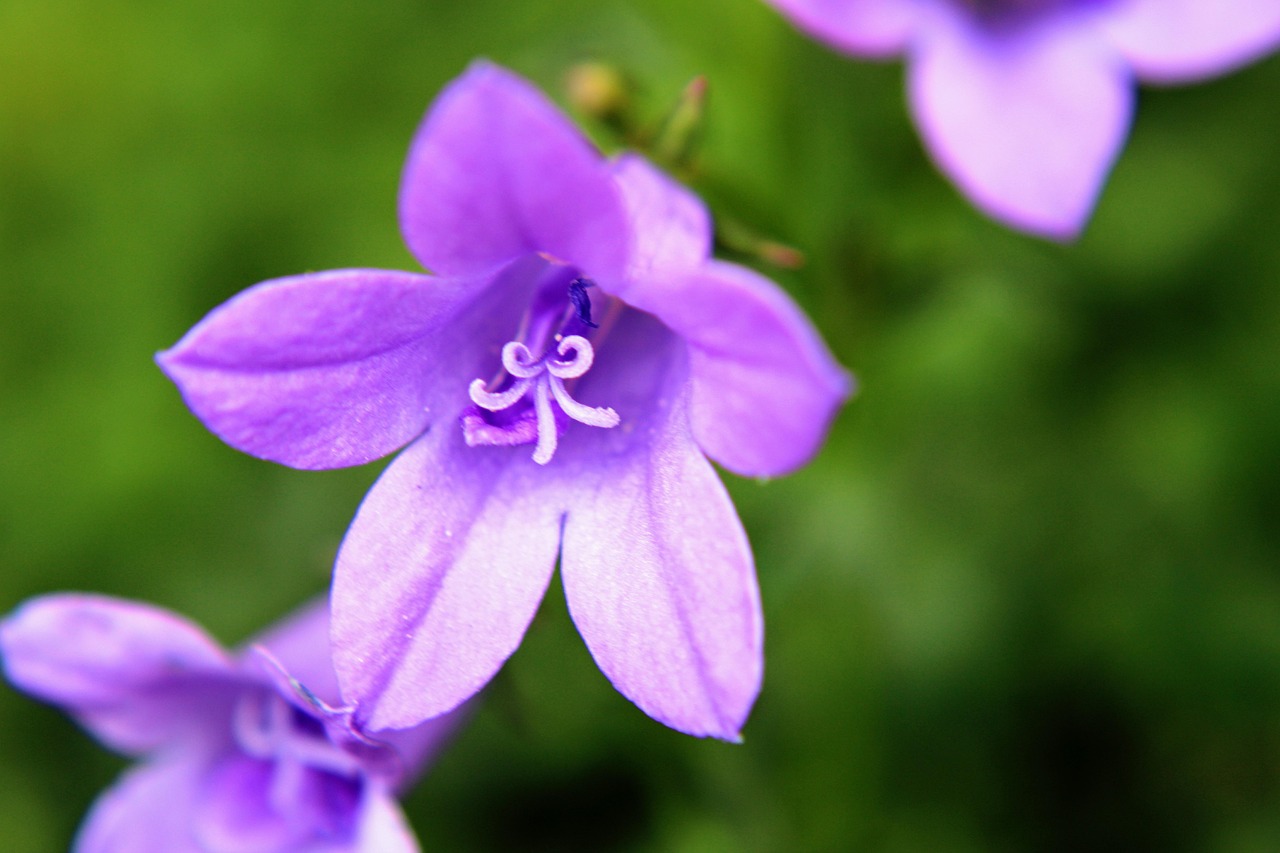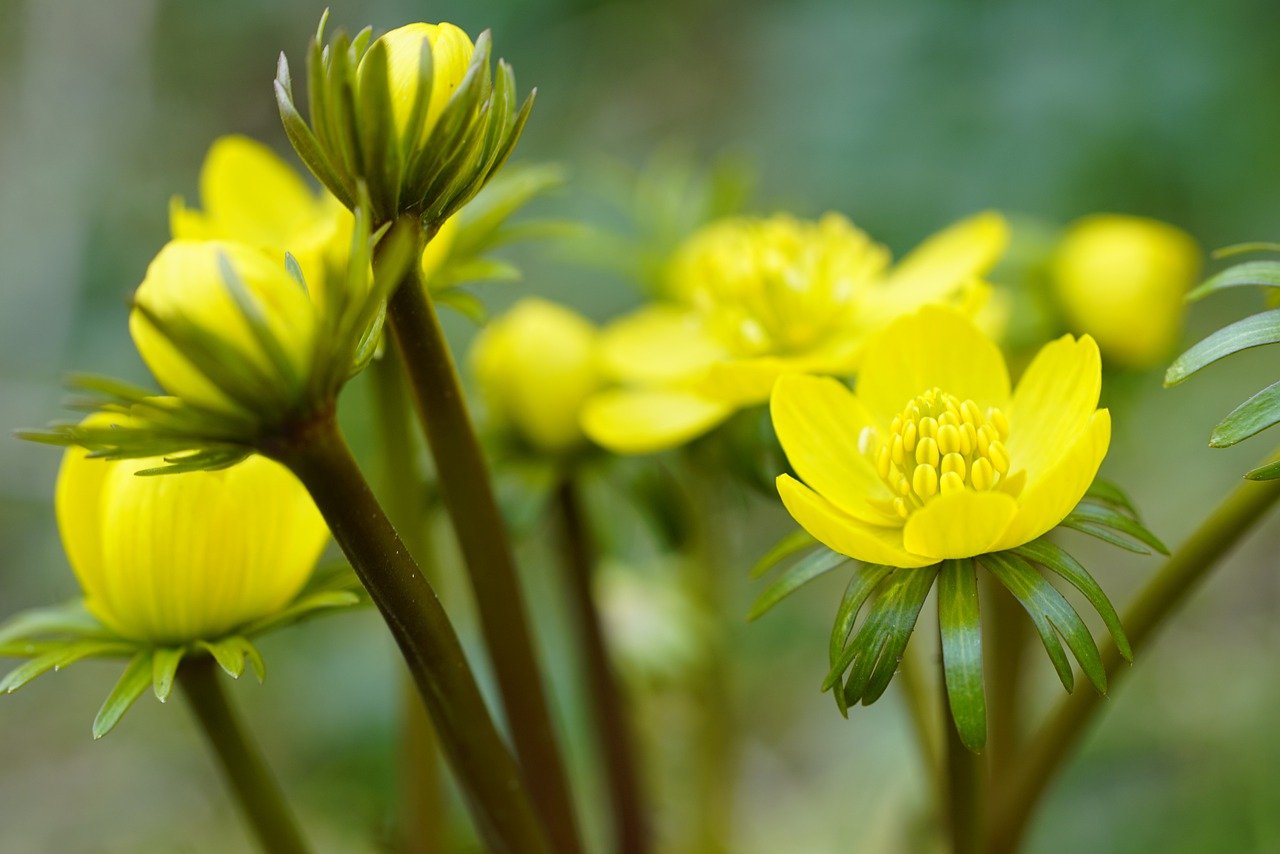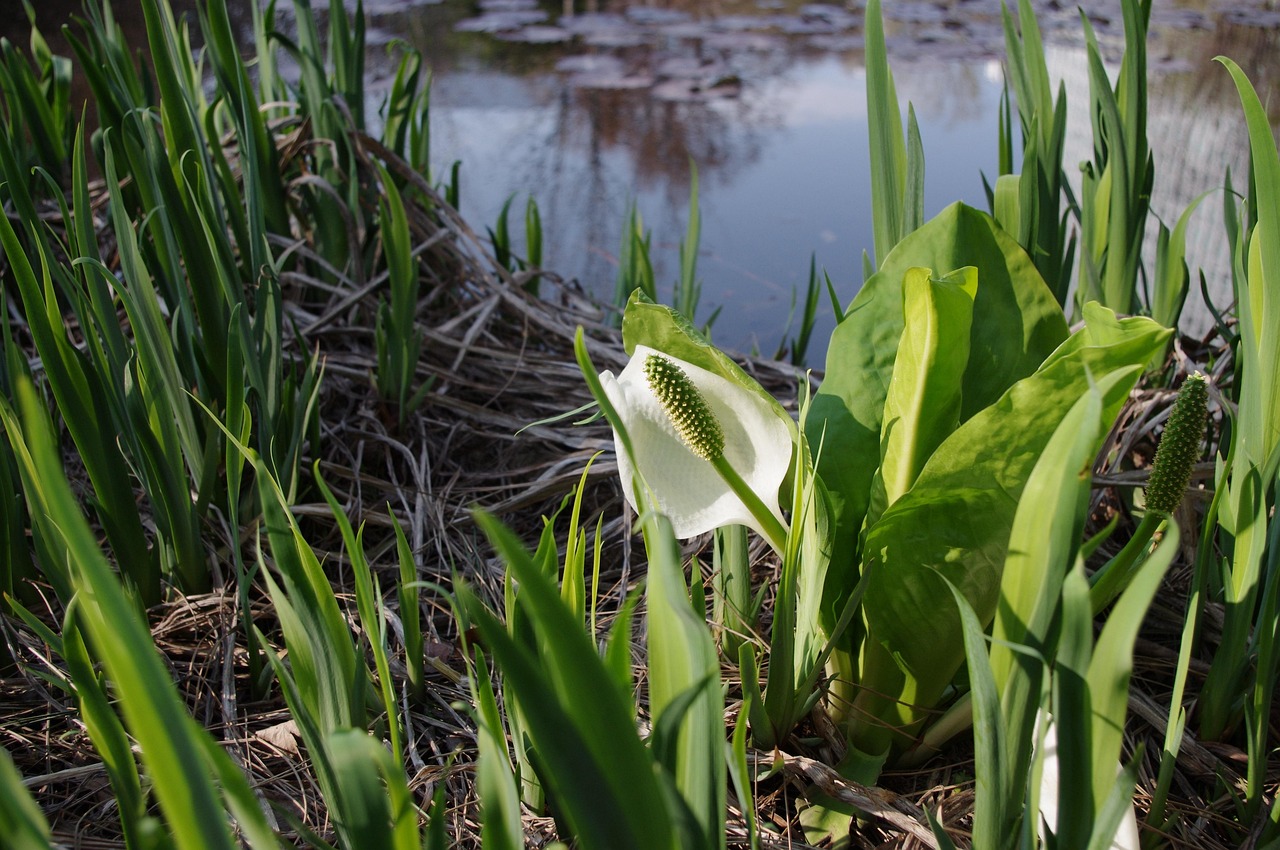Filipendula rubra | The Graceful Pink Meadowsweet
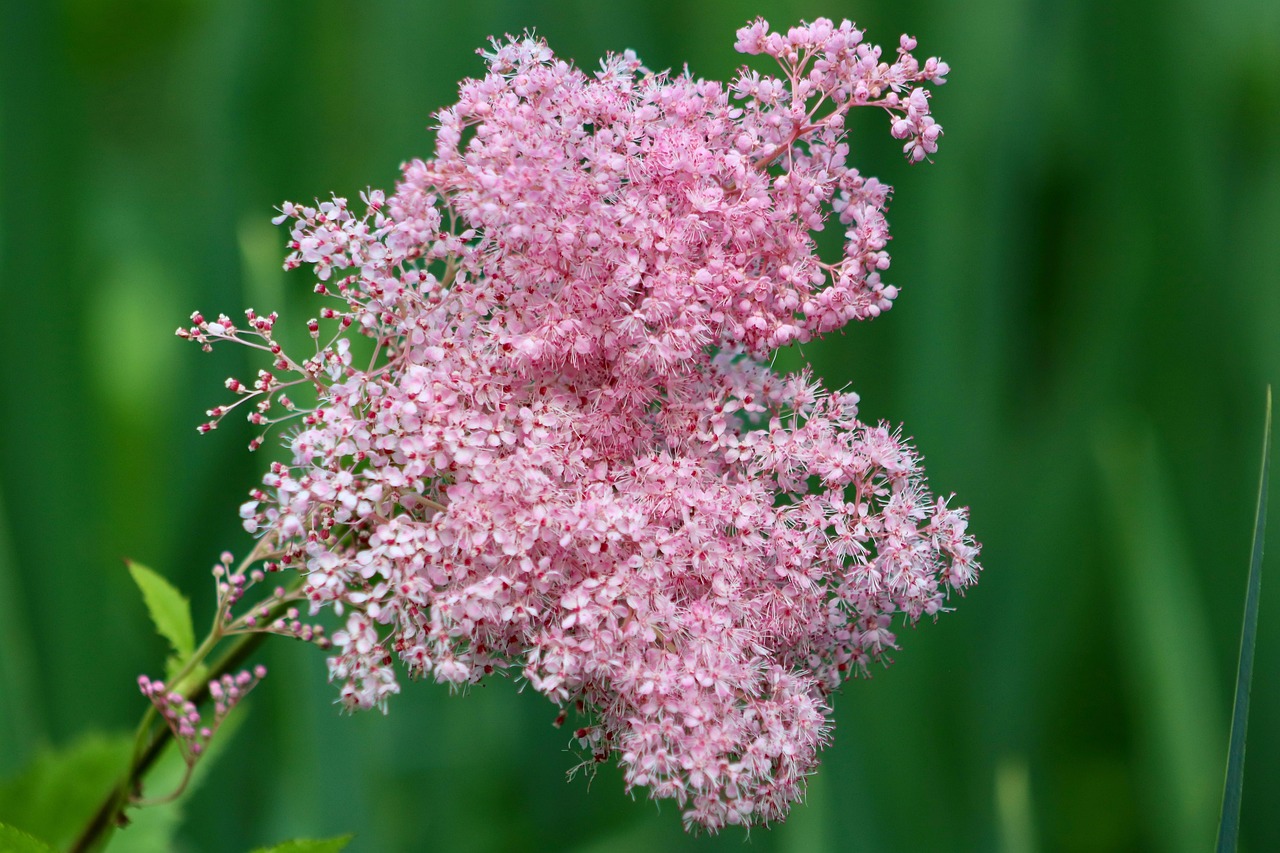
Filipendula rubra, commonly known as the Queen of the Prairie, is a perennial plant distinguished by its soft and fluffy clusters of pale pink flowers.
It is widely cherished in gardens and parks for both its elegant appearance and its hardy nature. As a plant that brings a refreshing atmosphere, it has long been a favorite among gardeners.
In this article, I will introduce the basic information, cultural significance, history, and cultivation tips for Filipendula rubra.
Basic Information
- Scientific name: Filipendula rubra
- Family: Rosaceae
- Origin: North America
- Appearance: Small, pale pink flowers cluster at the tips of tall, slender stems, forming fluffy flower heads. The leaves are bright green with deep lobes.
- Blooming season: Summer (June–August)
Cultural Significance Around the World
Because of its soft and airy floral display, Filipendula rubra has been appreciated in European and American gardens as a key element of natural-style landscapes.
In the United States, it grows wild in meadows and wetlands and is admired as a symbol of natural beauty. It is also incorporated into garden design. In England and France, the light texture and pale pink hue create a romantic atmosphere, making it an essential plant for country gardens.
In Japan, it is valued for its resemblance to the native Filipendula multijuga and is often seen in natural parks and wetland areas.
Historical Background
Filipendula rubra was widely studied by botanists in North America during the 19th century. By the late 1800s, it had been introduced into Europe, where selective breeding improved its ornamental qualities.
As the trend of natural landscape gardening spread, the plant gained popularity as a decorative element. In some regions of the United States, wetlands where it grows naturally are now protected, recognizing its ecological importance.
From the 19th to the early 20th century, it was not only grown for ornamental purposes but also admired as a flower that enriched the rural landscape.
Gardening Advice
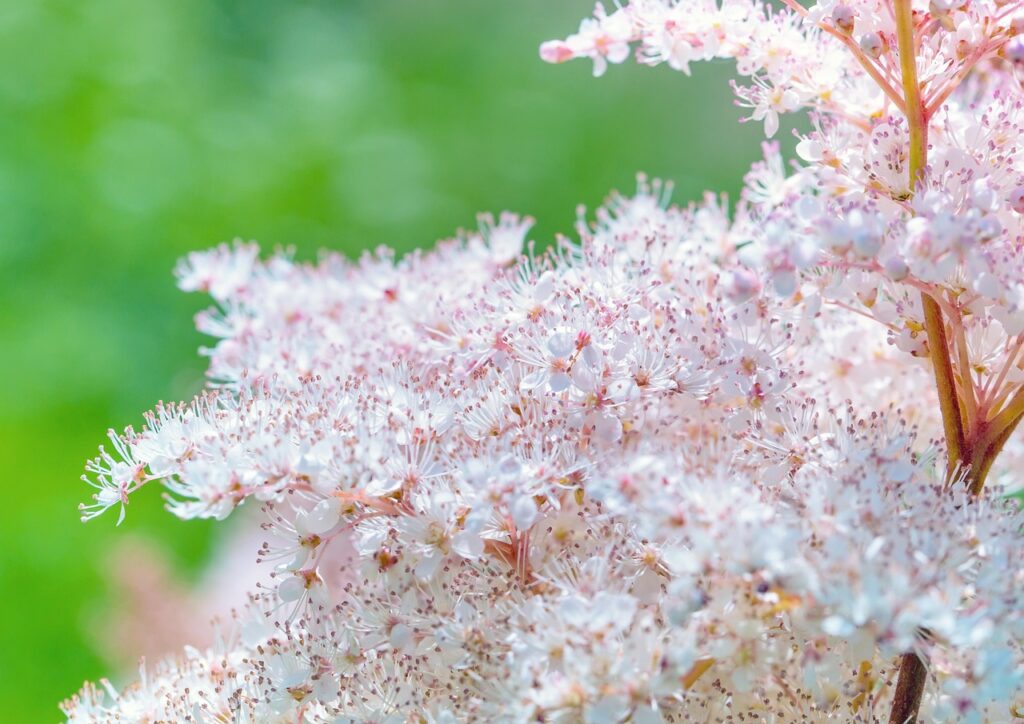
To grow Filipendula rubra successfully, it is important to provide the right environment.
Sunlight
Prefers full sun to partial shade. Avoid prolonged exposure to strong, direct sunlight, which may damage the leaves.
Watering
Keep the soil moist. Water generously whenever the soil surface begins to dry, especially in summer.
Soil
Requires soil with good water retention and drainage. A mixture containing leaf mold is suitable.
Fertilizer
Apply a slow-release fertilizer about once a month during the growing season (spring to summer).
Cold tolerance
Fairly hardy, but in extremely cold regions, mulching in winter offers additional protection.
Conclusion
Filipendula rubra is a charming perennial with fluffy flower clusters that enhance natural gardens and wetlands. In the United States, it symbolizes natural beauty, while in Europe it became a popular ornamental plant after its introduction in the 19th century.
Today, it continues to enrich the scenery of gardens and parks, thriving best in moist soil and bright locations. With its adaptability to wetland conditions, it is an ideal choice for creating naturalistic landscapes.

